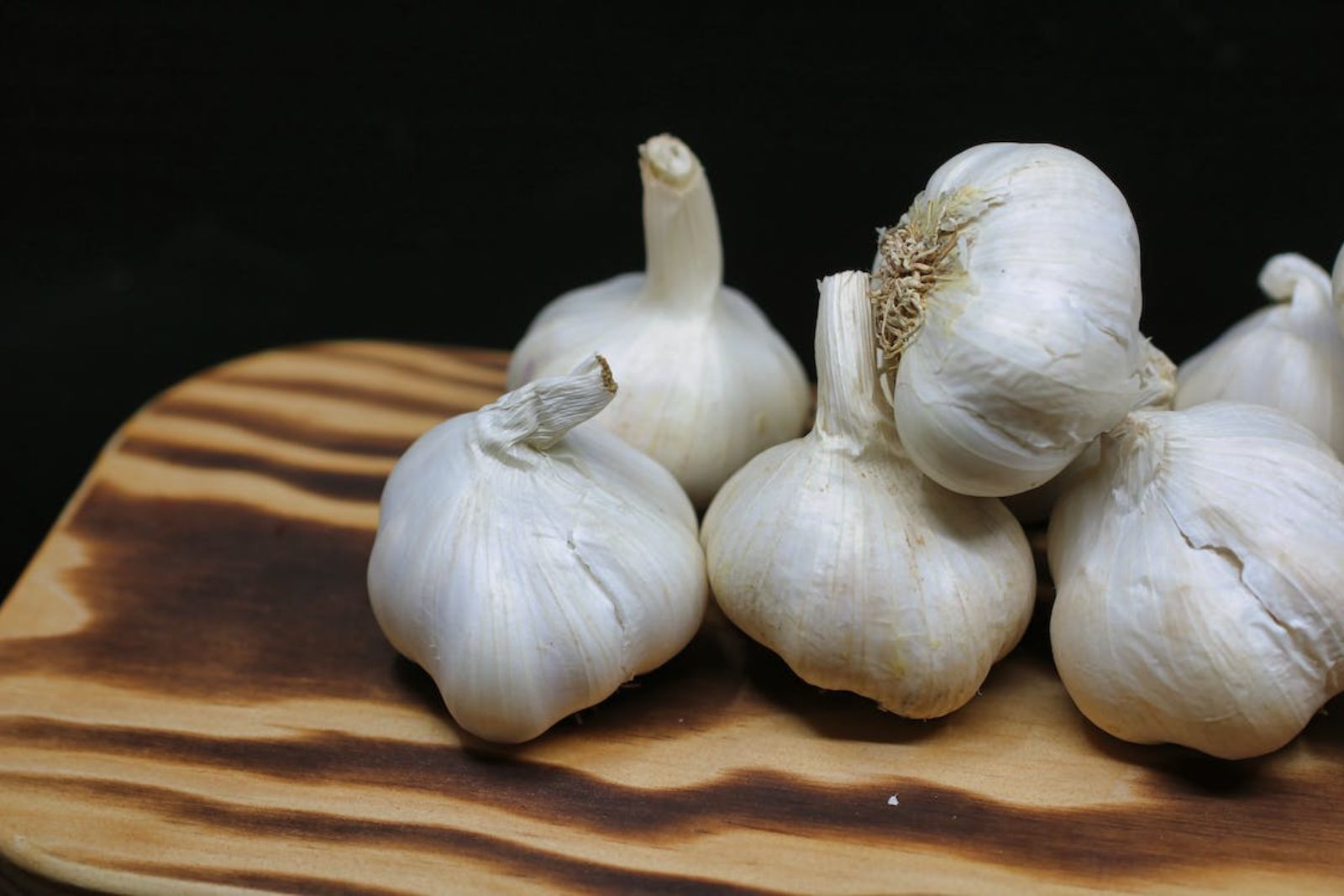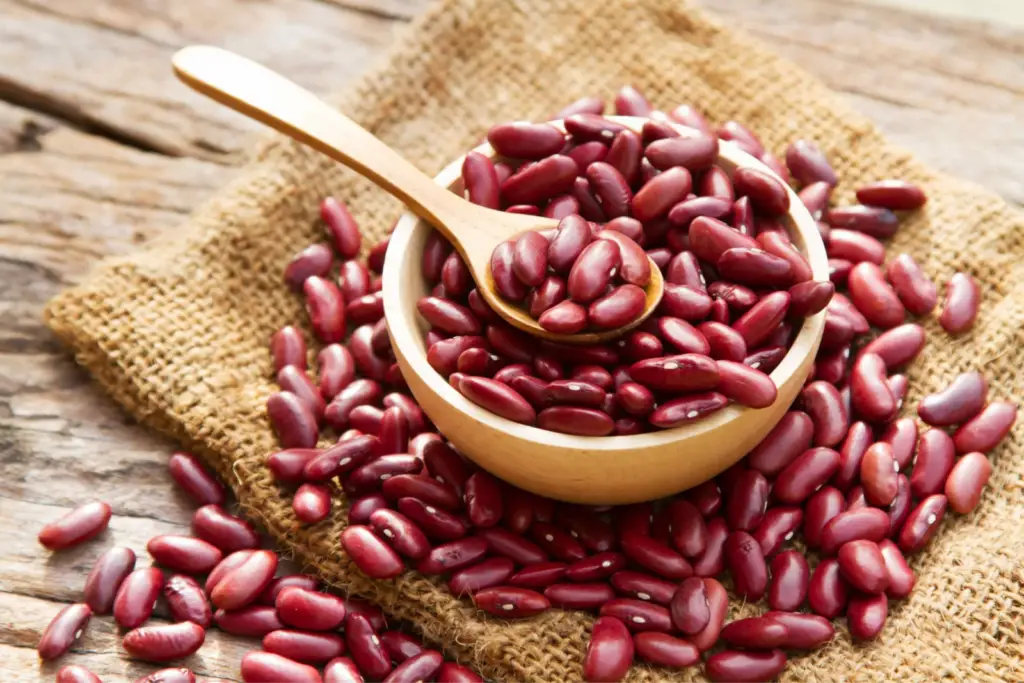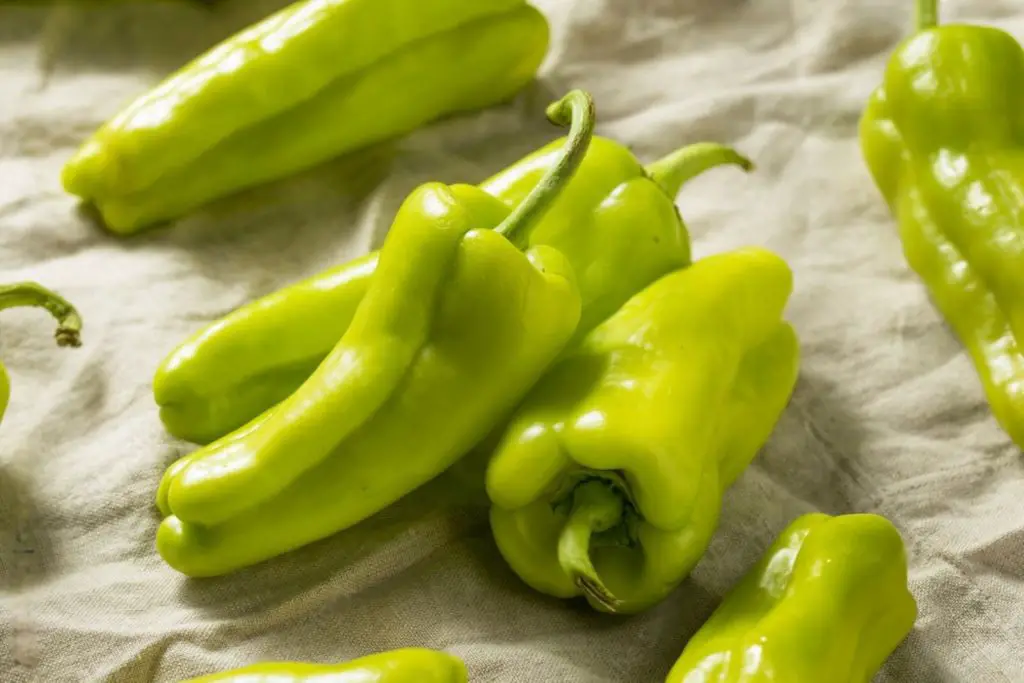
Garlic is a pungent and flavorful bulbous plant commonly used as a culinary ingredient. It belongs to the Allium family, which also includes onions, leeks, and shallots. Garlic has a distinctive taste and aroma and is known for its potential health benefits, such as boosting the immune system and reducing the risk of certain diseases. Freezing garlic is a convenient way to preserve its flavor and aroma while ensuring you always have this versatile ingredient on hand. Whether you have a surplus of fresh garlic or want to keep peeled cloves from going bad, freezing garlic correctly will help retain its taste and usability.
Here is a simple guide on how to freeze garlic:
Step 1: Peel and prepare the garlic cloves
To prepare garlic cloves for freezing, the first step is to peel them and remove any papery skin. The outer layers of garlic cloves have a thin, papery covering that can be unpleasant to eat and affect the texture of the frozen garlic. Peeling the cloves ensures that you have only the edible part of the garlic for freezing.
Using the flat side of a knife to gently crush the cloves helps loosen the skin, making it easier to peel them. By applying light pressure with the flat side of the knife, you can break the skin without crushing the garlic itself. This technique is particularly useful for garlic cloves that have tightly adhered skins.
Once the cloves are crushed, you can easily remove the skin by pulling it away from the garlic. The peeled cloves should be clean and free from any loose or excess skin.
It is essential to discard any damaged or spoiled cloves during this process. Garlic cloves that are bruised, soft, or discolored may indicate that they are no longer fresh and may negatively affect the quality of the frozen garlic. Removing any damaged cloves ensures that you freeze only the best-quality garlic, resulting in better flavor and texture when you use it later on.
Can I freeze garlic cloves with the skin on?
While you can technically freeze garlic cloves with the skin on, it is generally recommended to peel the cloves before freezing. The skin can become tough and papery when frozen, which may affect the texture and flavor of the garlic. Peeling the cloves before freezing ensures a better quality result when using the garlic later on.
Can I freeze whole garlic bulbs?
Yes, you can freeze whole garlic bulbs. However, it’s important to note that freezing whole bulbs may result in a change in texture and flavor when thawed. The cloves may become softer and milder in taste. If you prefer to use whole cloves, freezing them individually before storing them together can provide more flexibility when using them later.
Step 2: Choose the freezing method
When it comes to freezing garlic, you have two popular methods to choose from: minced garlic or whole cloves. Each method has its own advantages, and your choice will depend on your specific needs and preferences.
- Minced Garlic:
Minced garlic involves finely chopping or mincing the peeled cloves into small pieces. This method offers several benefits. Firstly, minced garlic is convenient to use as it is already prepped and ready to go when you need it in recipes. It saves you time and effort compared to mincing garlic each time you cook. Additionally, minced garlic tends to distribute its flavor more evenly throughout your dishes, ensuring a consistent garlic taste. To freeze minced garlic, you can place it in a small bowl or even an ice cube tray for individual portions. Adding a small amount of olive oil or vegetable oil to the minced garlic before freezing can help prevent it from clumping together.
- Whole Cloves:
If you prefer using whole garlic cloves in your recipes, freezing them as is might be the ideal method for you. Keeping the cloves intact without mincing or chopping them preserves their original shape and texture. Whole cloves are versatile and can be used in various dishes, such as roasts, stews, or even roasted vegetables. When freezing whole cloves, you can place them in an airtight container or freezer bag. This method allows you to easily grab the desired number of cloves whenever you need them, without the need for additional preparation.
Ultimately, the choice between minced garlic and whole cloves depends on your personal preferences and the types of recipes you commonly prepare. Both methods offer the convenience of having garlic readily available in the freezer, ensuring you always have this flavorful ingredient at your fingertips.
Should I blanch garlic before freezing?
Blanching garlic before freezing is not necessary. Garlic does not require blanching as it does not have a high water content. Blanching is typically done for vegetables to preserve their color, texture, and enzyme activity, but it is not a recommended step for freezing garlic. Simply peel and prepare the garlic cloves before freezing them to maintain their flavor and quality.
Step 3: Pack the garlic for freezing
After you have prepared the garlic using either the minced garlic or whole cloves method, the next step is to pack it properly for freezing. The way you pack the garlic will help maintain its quality and prevent freezer burn or air exposure.
- For minced garlic:
If you have chosen the minced garlic method, transfer the minced garlic into an airtight container or freezer bag. The container or bag should be specifically designed for freezing to ensure maximum freshness. Make sure the container or bag is tightly sealed to prevent any air from entering, which can lead to freezer burn and deteriorate the quality of the garlic. Alternatively, if you are using an ice cube tray, fill each compartment with the minced garlic, being careful not to overfill. Once frozen, you can transfer the frozen garlic cubes into a freezer bag or container for easier storage.
- For whole cloves:
If you have opted for freezing whole cloves, place the peeled cloves in an airtight container or freezer bag. Again, ensure that the container or bag is tightly sealed to prevent any air exposure. By sealing the container or bag properly, you create a protective barrier that helps preserve the flavor and texture of the garlic. This step is crucial in preventing freezer burn, which can occur when air reaches the garlic and causes moisture loss and oxidation.
Properly packing the garlic for freezing is essential to maintain its freshness and quality. Whether you choose to use airtight containers, freezer bags, or ice cube trays, the goal is to minimize air exposure and create a secure environment for the garlic in the freezer. This way, you can enjoy the full flavor and aroma of the garlic when you decide to use it in your favorite recipes.
Can I freeze garlic in vacuum-sealed bags?
Yes, you can freeze garlic in vacuum-sealed bags. Vacuum sealing helps to remove excess air, reducing the risk of freezer burn and preserving the quality of the garlic. Place the prepared garlic in a vacuum-sealed bag, ensuring it is tightly sealed to prevent air exposure. Properly vacuum-sealed garlic can be stored in the freezer for an extended period without compromising its flavor or texture.
Can I freeze garlic in silicone molds for portioning?
Yes, you can freeze garlic in silicone molds for portioning. Silicone molds provide a convenient way to freeze garlic in individual portions, allowing for easy measurement and usage. Simply fill the silicone molds with minced garlic or small garlic cloves, ensuring they are tightly packed, and place the molds in the freezer. Once frozen, transfer the garlic portions to airtight containers or freezer bags for long-term storage.
Step 4: Label and date the containers
When freezing garlic, it’s important to label and date each container or bag that holds the garlic. Proper labeling allows you to keep track of the contents and the freezing date, which is helpful for maintaining organization in your freezer and ensuring the freshness of the garlic.
Labeling the containers or bags with the contents allows you to easily identify them when you’re searching for frozen garlic. This is particularly useful if you have different types of garlic stored, such as minced garlic and whole cloves, or if you’ve frozen garlic from different varieties. Clear labeling ensures that you can quickly find the specific garlic you need for your recipes, saving time and reducing potential confusion.
In addition to labeling the contents, dating the containers or bags is crucial for keeping track of how long the garlic has been stored in the freezer. Garlic is best used within a certain time frame to maintain its optimal flavor and quality. By including the freezing date on the label, you can easily determine how long the garlic has been frozen and when it’s time to use it before the quality starts to degrade.
Step 5: Store the garlic in the freezer
Once you have packed the garlic in containers or bags, the next step is to store them in the freezer. Proper storage ensures that the garlic remains fresh and maintains its quality until you’re ready to use it.
When placing the packed garlic containers or bags in the freezer, it’s important to position them in a flat and stable manner. This helps prevent any leakage or shifting of the garlic during the freezing process. Placing them flat also allows for easier stacking and organization, maximizing the use of space in your freezer.
To maintain the integrity of the frozen garlic and prevent flavor transfer, it’s advisable to store the garlic in a dedicated section of your freezer. Garlic has a strong aroma, and if stored near other foods, it can potentially impart its flavor onto them. By keeping the garlic in a separate area or using a designated shelf or drawer, you can minimize the chances of other foods absorbing its pungent scent.
Moreover, storing the garlic in airtight containers or freezer bags, as mentioned in earlier steps, provides an additional layer of protection against potential odor transfer to other items in the freezer. This helps ensure that the frozen garlic retains its distinct flavor and doesn’t compromise the taste of other foods in your freezer.
How long can frozen garlic stay good for?
Garlic can last in the freezer for up to 10 to 12 months without significant loss in quality. Properly stored garlic, whether minced or in whole cloves, can retain its flavor, aroma, and texture for an extended period. However, for the best taste and quality, it is recommended to use frozen garlic within 3 to 6 months.
Other related questions
How do I defrost garlic?
To defrost garlic, there are a few methods you can use. The recommended method is to transfer the desired amount of frozen garlic from the freezer to the refrigerator. Allow the garlic to thaw slowly in the refrigerator, which usually takes several hours overnight. Alternatively, if you need to defrost it more quickly, you can use the defrost setting on your microwave or place the frozen garlic in a sealed bag and submerge it in cold water, changing the water every 30 minutes until thawed.
Can I refreeze garlic?
Once garlic has been thawed, it is not recommended to refreeze it. Freezing and thawing can affect the quality and texture of garlic, and multiple freeze-thaw cycles can further degrade its flavor and aroma. It is best to use thawed garlic within a reasonable time frame to ensure optimal taste and quality.
How do I know if the garlic has gone bad after being frozen?
After garlic has been frozen, there are a few signs to look for to determine if it has gone bad. If the garlic has developed an off or rancid odor, a slimy or discolored appearance, or if there are signs of mold growth, it is likely spoiled and should not be used. Additionally, if the texture of the garlic has significantly changed, such as becoming mushy or overly soft, it is an indication that the frozen garlic has degraded in quality and should be discarded.
Can I freeze already minced garlic from the store?
While it is possible to freeze store-bought minced garlic, it’s important to check the packaging for any specific instructions or recommendations from the manufacturer. Some commercially minced garlic products may already be preserved in oil or other additives, which can affect the freezing process. It’s advisable to transfer the minced garlic into a freezer-safe container or bag, ensuring proper packaging and labeling.
Can I freeze garlic in oil?
Freezing garlic in oil can pose potential food safety risks due to the risk of bacterial growth, particularly the bacteria that cause botulism. Garlic contains low-acid characteristics, and when combined with oil and stored at freezer temperatures, it creates an anaerobic environment ideal for bacterial growth. It is recommended to freeze garlic separately from oil to avoid any health risks.
Can I freeze garlic paste or puree?
Yes, garlic paste or puree can be frozen. To freeze garlic paste or puree, transfer it into small, airtight containers or ice cube trays. Ensure that the containers or trays are tightly sealed to prevent air exposure. Frozen garlic paste or puree can be stored for several months and used as a convenient flavoring agent in various dishes.
Can I freeze roasted garlic?
Yes, roasted garlic can be frozen. To freeze roasted garlic, allow it to cool completely before transferring it into airtight containers or freezer bags. Ensure that the containers or bags are tightly sealed to prevent air exposure. Frozen roasted garlic can be stored for several months and used as a flavorful addition to various recipes once thawed.








